Haciendero

I think that change isn't always for the better, and I have the Mitsubishi Pajero to prove my point. This generation of the Pajero has been around for a whopping 11 years now and that's without counting the model it replaced, which is essentially the same platform and design it's based on.
The Pajero has been sitting pretty long in the tooth now and it's something you notice the moment you see it. It isn't very rounded off like the SUVs we're used to seeing and it has a very agricultural look to it, which I rather like. It exudes a quality of quiet confidence that I can't put my finger on, with an understated charm that is for the most part absent in many pick-up based vehicles we see littered on our streets. This car has a vibe, and it's a good one. Life hasn't beaten it down and it's just happy to stick around, like a best friend who you don't always see, but you know is just there.
Mitsubishi Motors is still a business, so they've tried to keep it up to date with some bits of modern touches, like HID headlights with LED strips on the front bumpers and an attractive set of wheels - but it's done very little to hide its age. However, let's not look at that as a bad thing, because in truth, that's what makes it so unique today. One of the main reasons that the Pajero stopped selling like pancakes was because price skyrocketed like crazy. It became too expensive and it started targeting what was then the king of the SUV hill, in the Philippines at least, the Ford Expedition.
Dakar rally champion.
It was fight it would never win, because customers later realized that they didn't need an SUV that could go where most cars couldn't. They just needed a vehicle that could shuttle their entire clan to Sunday mass in absolute comfort, and in that regard, the Pajero was never going to touch the Expedition. To cap it all off, they got rid of the diesel engine in exchange for a gas-guzzling V6 petrol. Sales plummeted, the torch was dropped, and then Mr. Fortuner, Mr. Montero, and Mr. Everest ran away with it. Great! Not.
The good news is, they've reintroduced the Pajero with a 3.2-liter oil burner. And yes, it's very good. You see, while the Pajero may not look as avant-garde as many other SUVs on the road, it has an array of tricks under its sleeve. It is very much like your relatives who you've drifted away from, until you are forced to sit down with them at a family reunion and then you go, "Ah, that's why I used to be close to them". There are moments of brilliance, and these are things I sorely miss in cars we have today.
"The moment you set off in the Pajero, you are told where your money went and it's where your eyes can't see them."
When you step into the Pajero, you are greeted with a very low window belt-line, a tell tale sign that it's been around longer than you've thought. The door interior door handles are the very same ones that were on the 1992 Mitsubishi Galant Super Saloon. The seats are comfortable and snug, and the driving position is very commanding. It's like you're sitting on the car, rather than in it.
I usually hate that feeling, but in a real SUV like this, I happen to like it, ala Range Rover. Rear space is great as well and all-around visibility in the SUV is void of blind spots. The high riding seating position and boxy exterior allow you to position the car rather well without having much need for modern technology like blind spot assists and front parking sensors. You can park it like it's prom night.
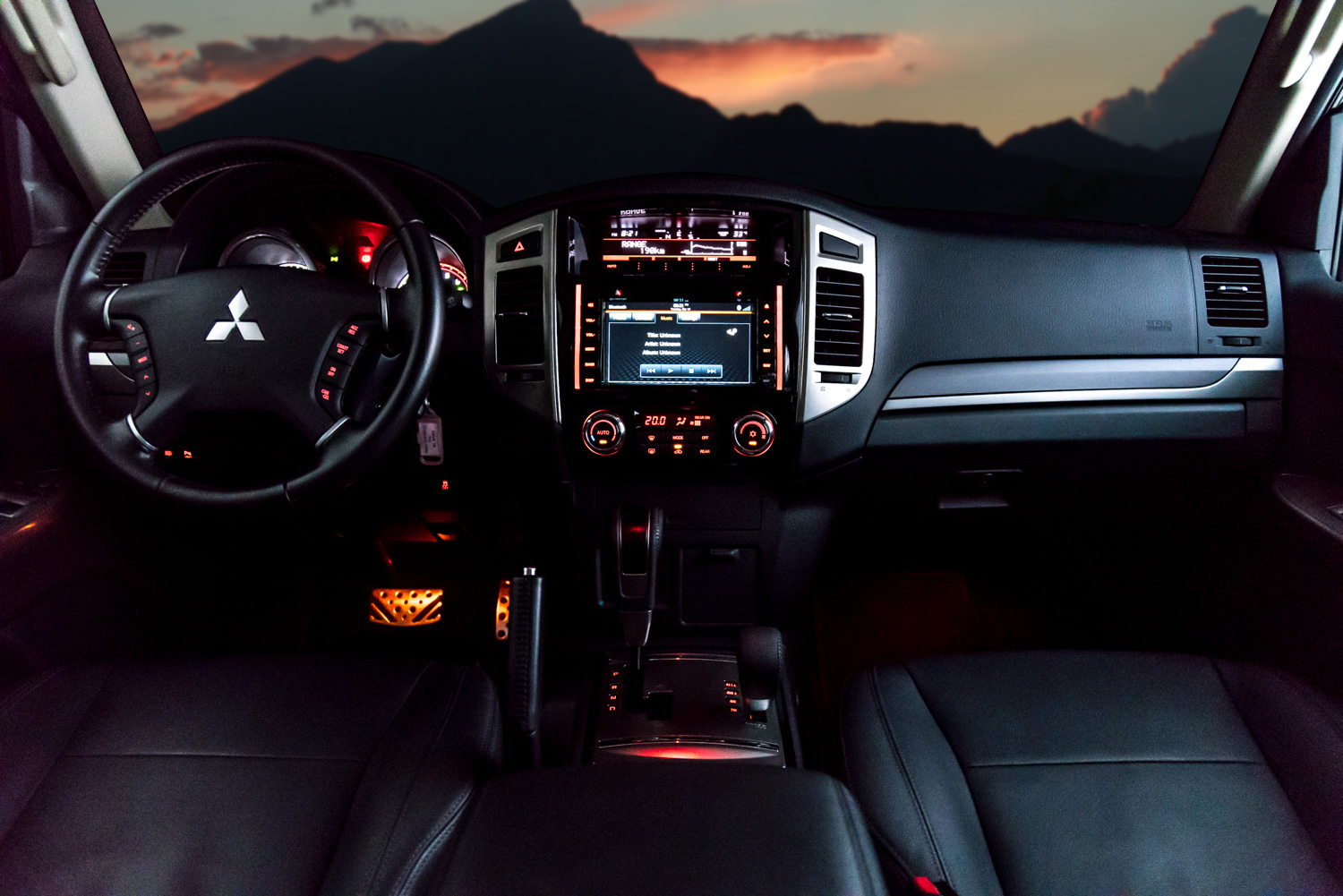
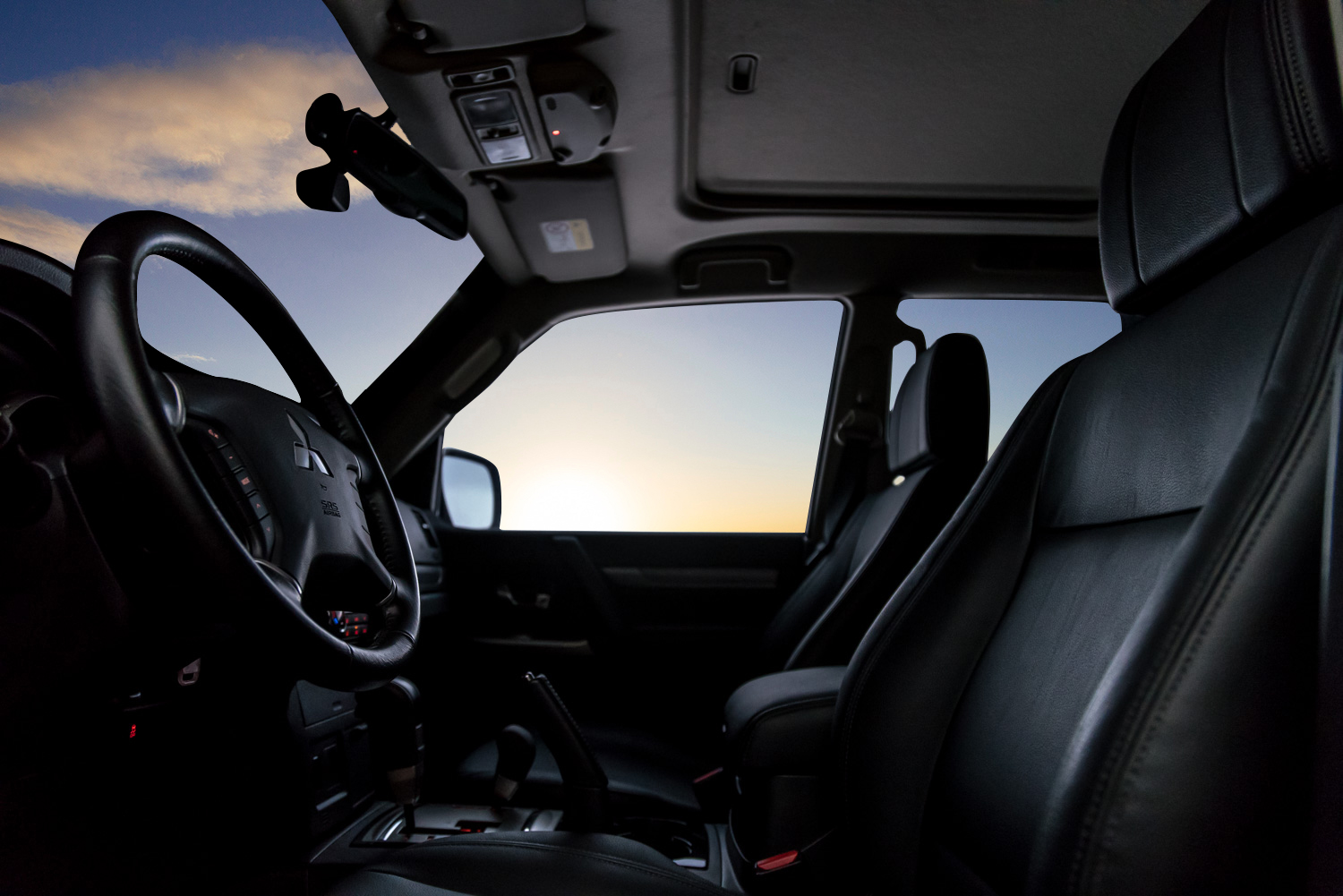

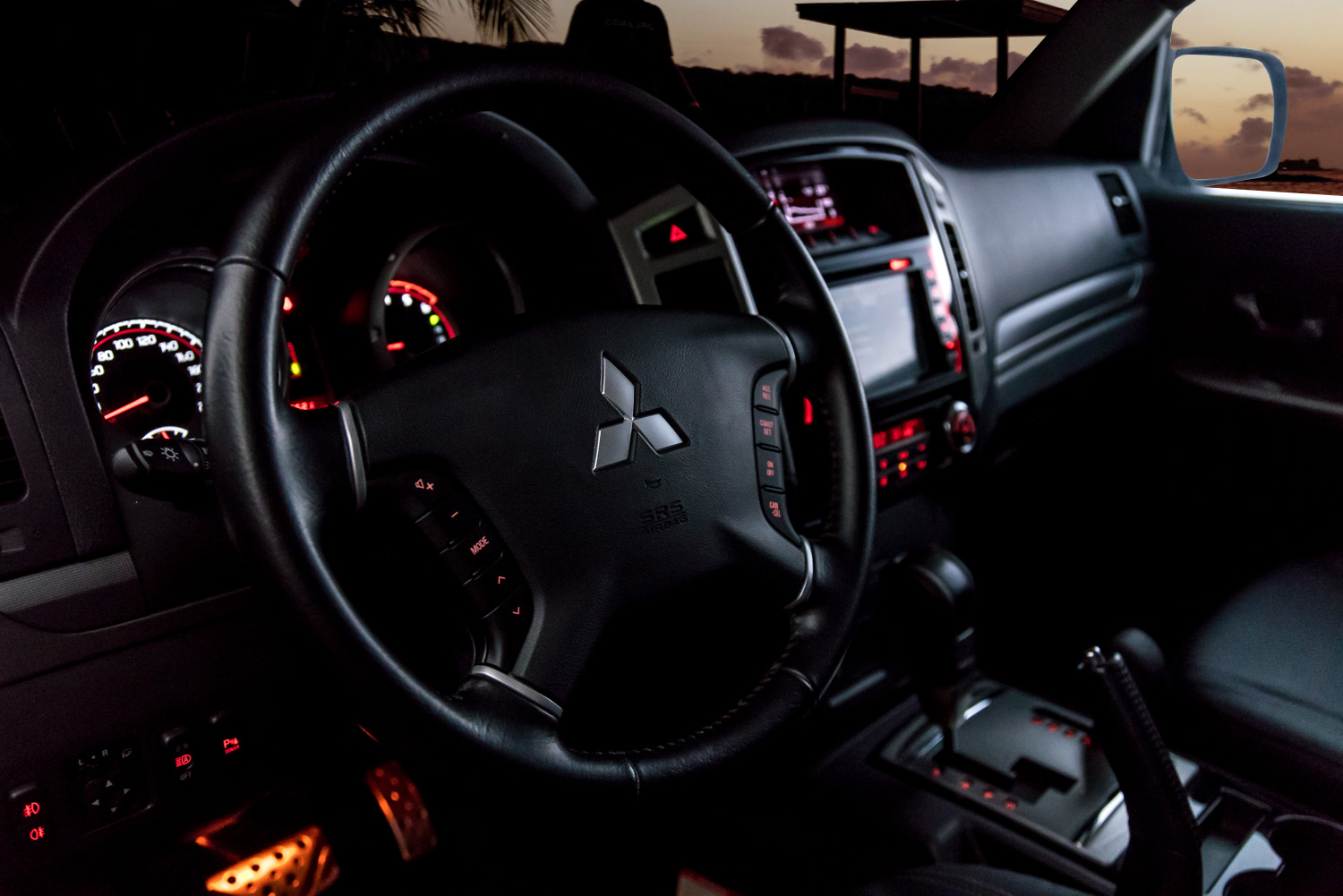

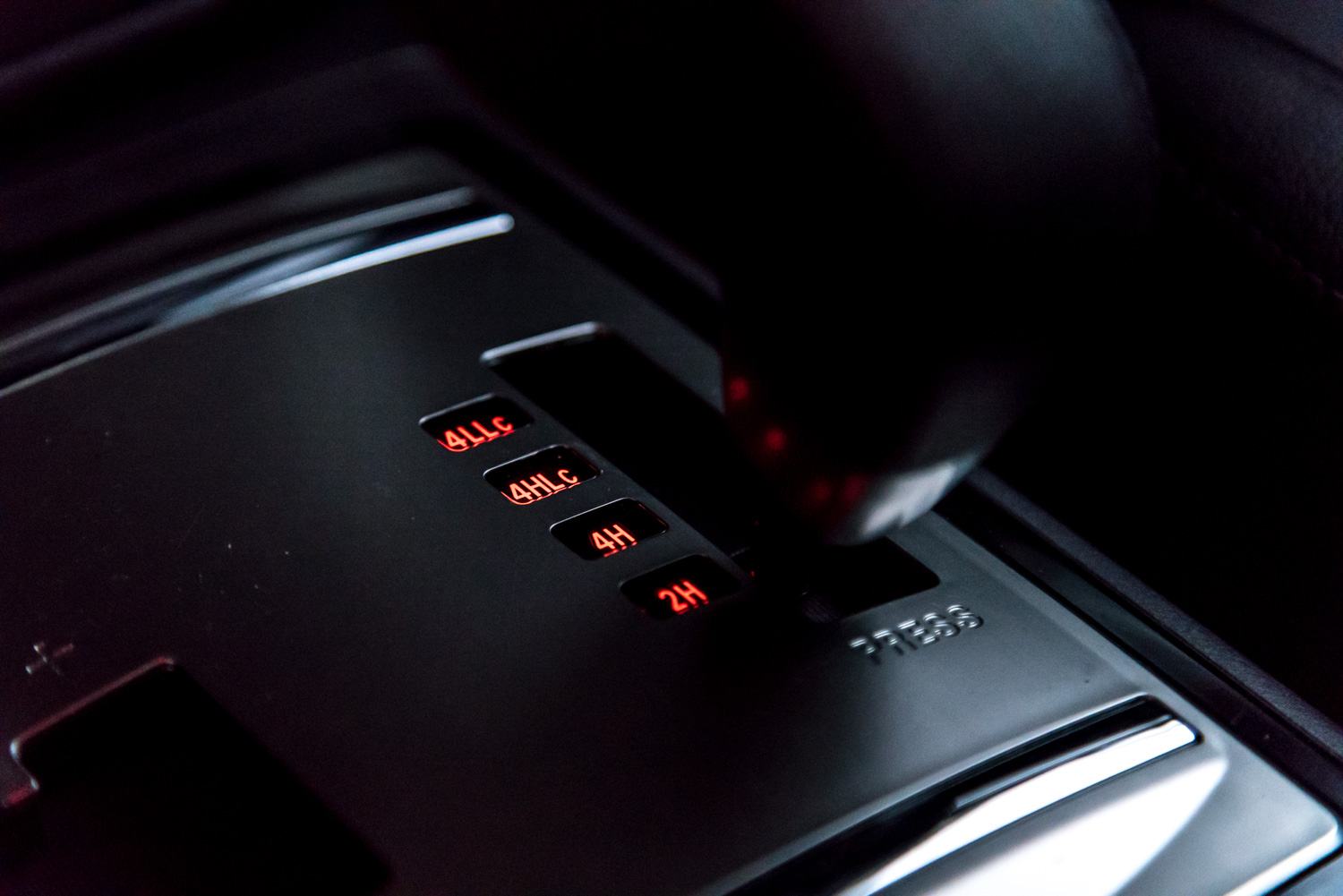
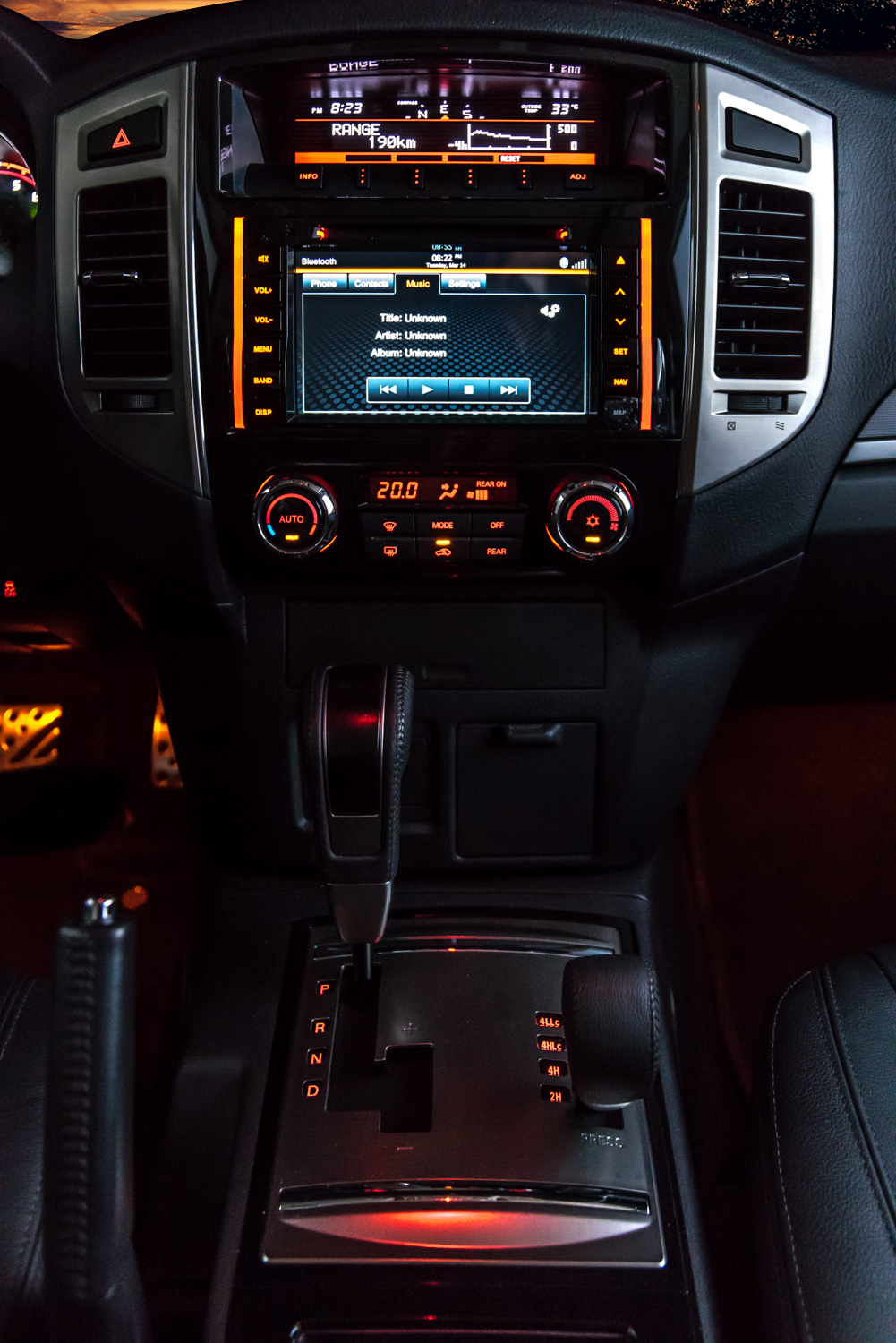
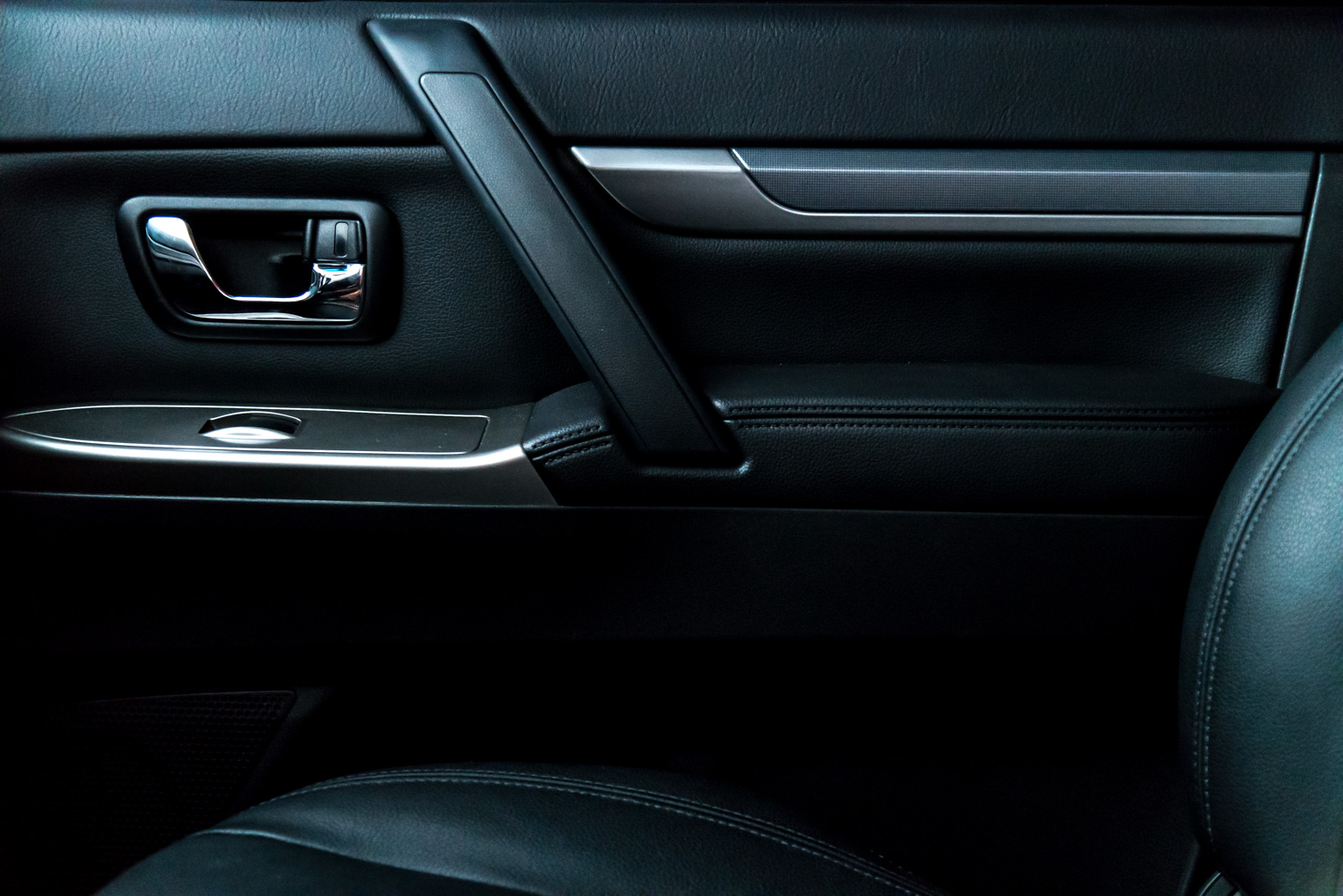
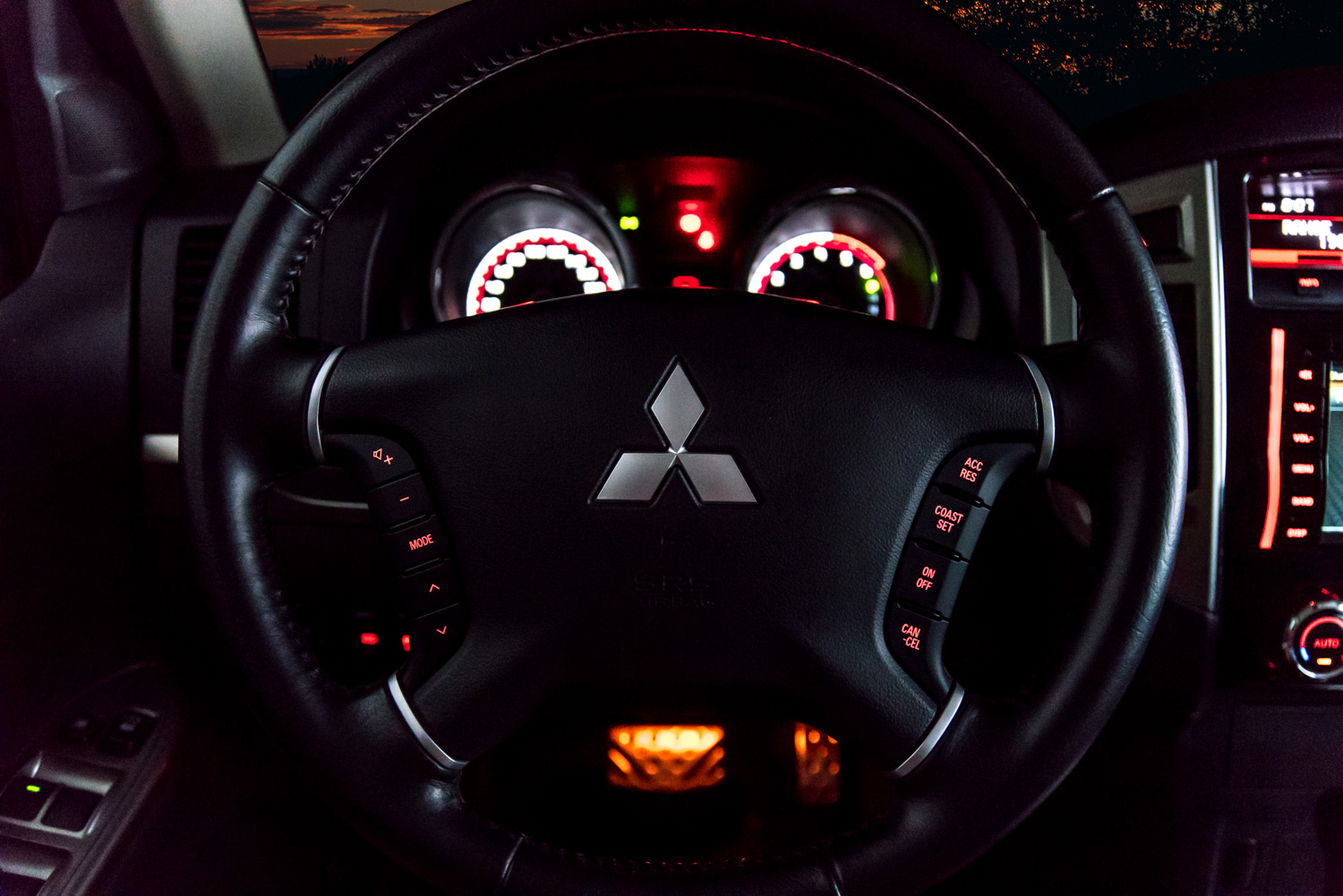
"It is just so comfortable and it absorbs road bumps like they're cotton candy or gummy bears."
As far as technology goes, it is as old school as it gets. It's like having a smartphone, but made by Blackberry. It may be new, but it's no iPhone or Galaxy. Thankfully, there's a USB port and it reads my iPhone, but only when it feels like it. On most days, it chose not to. Bluetooth saved the day, but the speakers were so horrible that playing some tunes through your phone wouldn't be that much of a downgrade. I love the aluminium-look dials with the green-lit 4x4 status.
It's the very same design in the old Pajeros, and I love that they've carried it over. The fit and finish is dodgy though. When you're driving through some bumps, the plastic materials on the interior have a very distinct rattle - the kind that you hear from cars back in the 90's. The materials they've used certainly don't give away its 2.8 million peso price tag. They could've done so much better in this department and it wouldn't have been so dated.
Honest to its roots.
The moment you set off in the Pajero, you are told where your money went and it's where your eyes can't see them. The suspension is beautifully tuned. I haven't driven anything from the East lately that rides as well as this. It is just so comfortable and it absorbs road bumps like they're cotton candy or gummy bears. I'm not even kidding. While you're driving, it gives you a sense that you're in a much better place than the rest.
While you're driving, it gives you a sense that you're in a much better place than the rest. It's old rich, and it has nothing to prove. Forget how horrible the infotainment system is or how the interior seems glued together by a toddler, because while you're stuck in traffic, you feel like you're in a military defense bunker.
"Its off-road capabilities are excellent as well. I mean, that's expected from a Dakar rally winner."
I love how it can go over unpaved roads like they're asphalt, and no deep angled drop on the road ever unsettles it. This is largely due to two things. First is that it is built on an extremely rigid monocoque chassis and second, it has a fully independent suspension with coil springs on both axles. This means that even if the tire on the left goes up, there is no opposite reaction from the tire on the right, because they are fully sovereign from each other. It remains relatively flat and comfortable through road undulations.
Its off-road capabilities are excellent as well. I mean, that's expected from a Dakar rally winner. It is set to rear-wheel drive on standard mode, while giving the option for 4WD high or low and 4WD high or low with center locking differentials. If this sounds alien to you, let's just say that a locking differential is what makes all tires move at the same speed, which effectively pulls you out of trouble. If you were caught in the same sticky situation but without the locking differentials, you'd have to call for a tow truck or a winch.
Live fast. Die old.
The engine is definitely dated compared to all the new diesel engines that are sprouting faster than our population can grow. It's noisy, but it has a lot of oomph to give - 441 Newton Meters in fact. I especially love that the engine and transmission, which could use an extra gear, love to coast. You just take your foot off the pedal, and the big SUV just glides down the road. This reduces the cabin noise significantly and it improves fuel economy.
I traveled 680 kilometers with one full tank and when I stopped driving, it still had about an eighth left. It's staggering. It's a real shame that real SUVs like this are no longer as common as they used to be. Surely, there are better appointed and far more modern vehicles that you can buy, but majority of them do not offer the invincibility that the Pajero does - a sense that everything could go wrong today, except the car you're driving. See what I mean?
Change isn't always the best.
2017 Mitsubishi Pajero GLS Di-D
| Engine: | 3,200cc, DOHC 16v, Inline-4, Intercooler Turbo |
| Fuel: | Diesel |
| Power: | 192 bhp @ 3,800 rpm |
| Torque: | 441 Nm @ 2,000 rpm |
| Transmission: | 5-speed Automatic, R/4WD |
| 0-100 km/h: | 11.4 seconds |
| Top Speed: | 180 km/h |
| Fuel Economy: | 9.9 km/L Overall |
| Price: | PHP2,770,000 |
| +: | Loads of torque, ride, comfort, fuel economy, off-road capablity |
| -: | Noise engine, interior fit and finish, dated technological features and it needs the Rockford Fosgate stereo system |
| Verdict: | A very capable icon and can shame many so-called SUVs |
| Rating: | 9/10 |


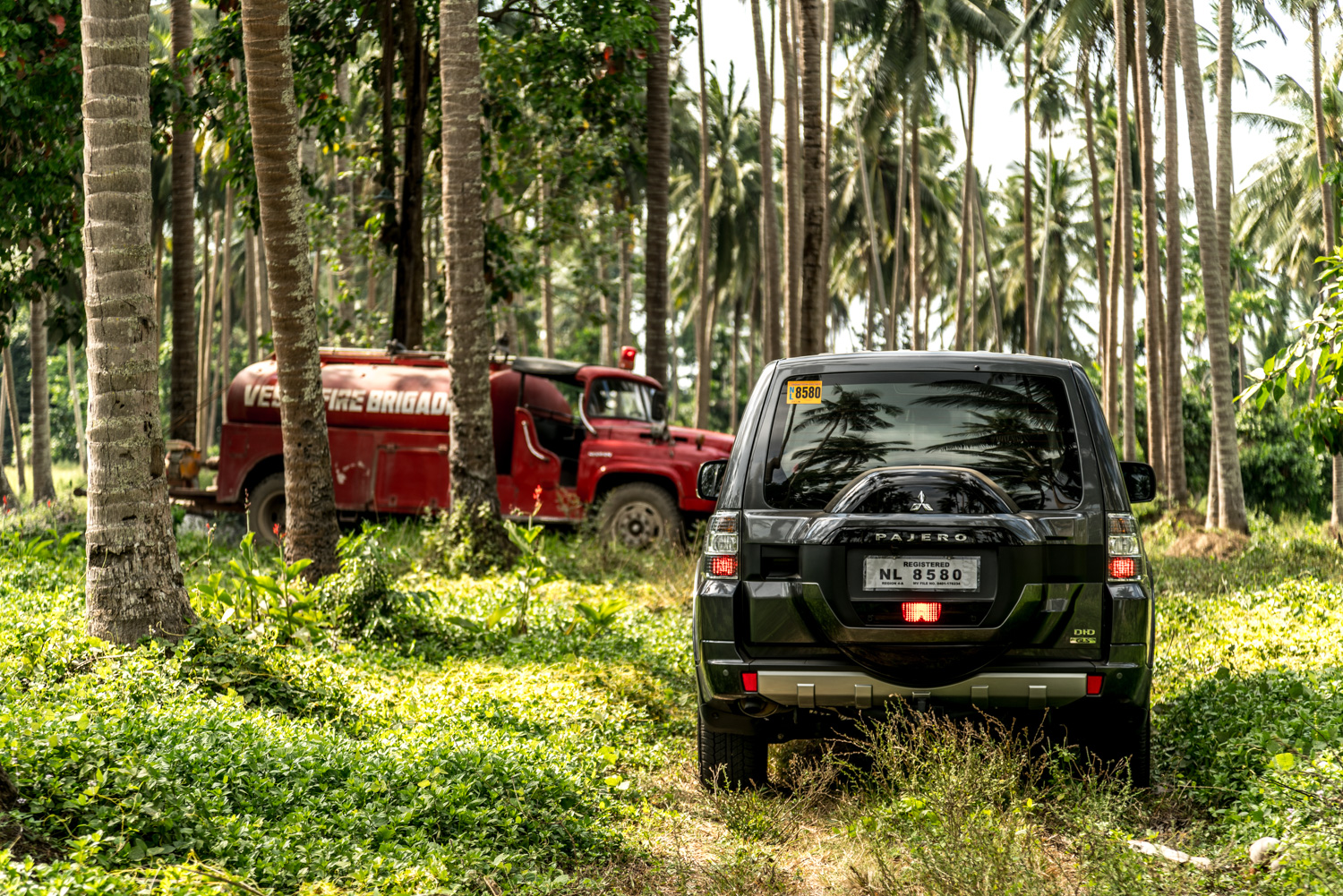
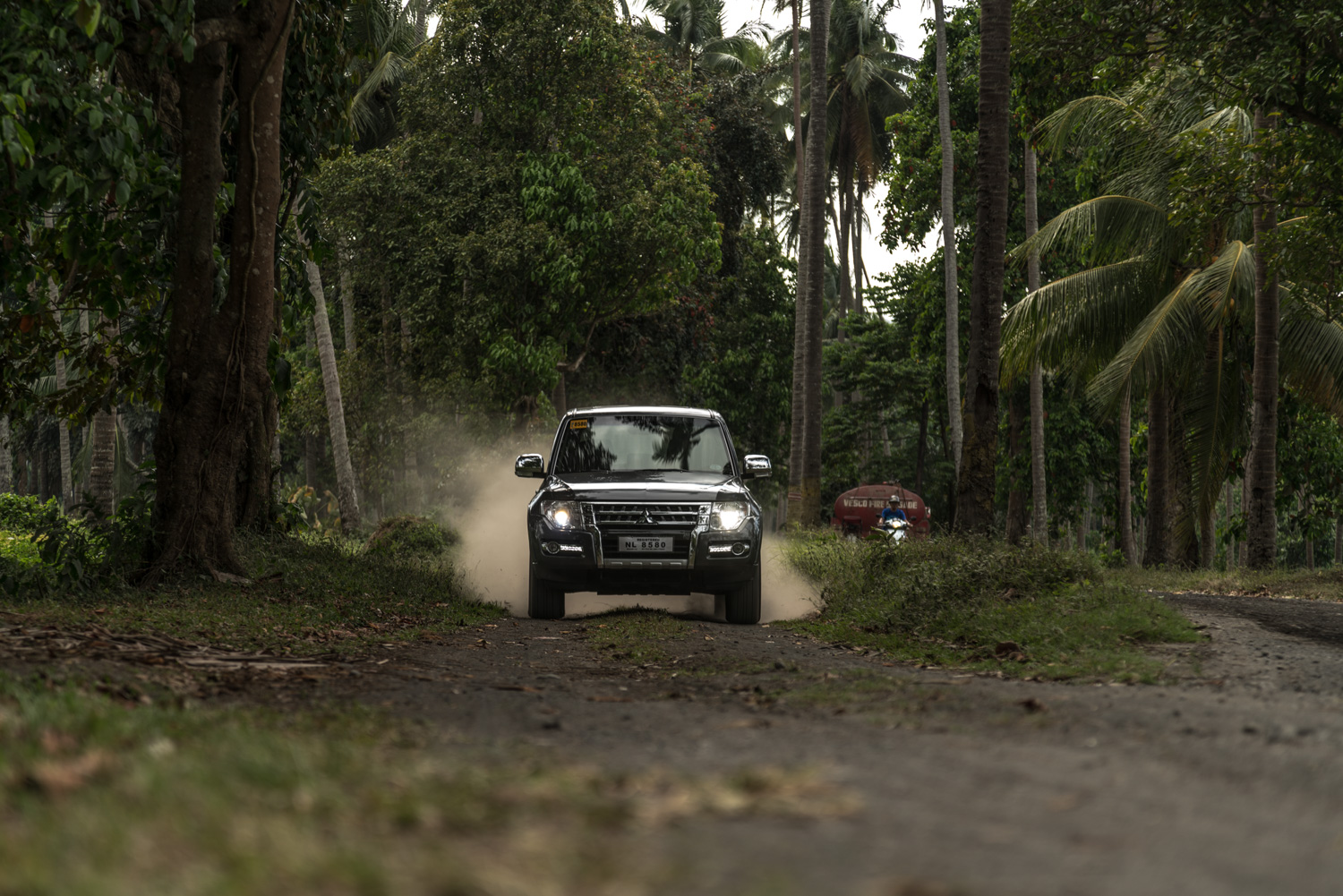

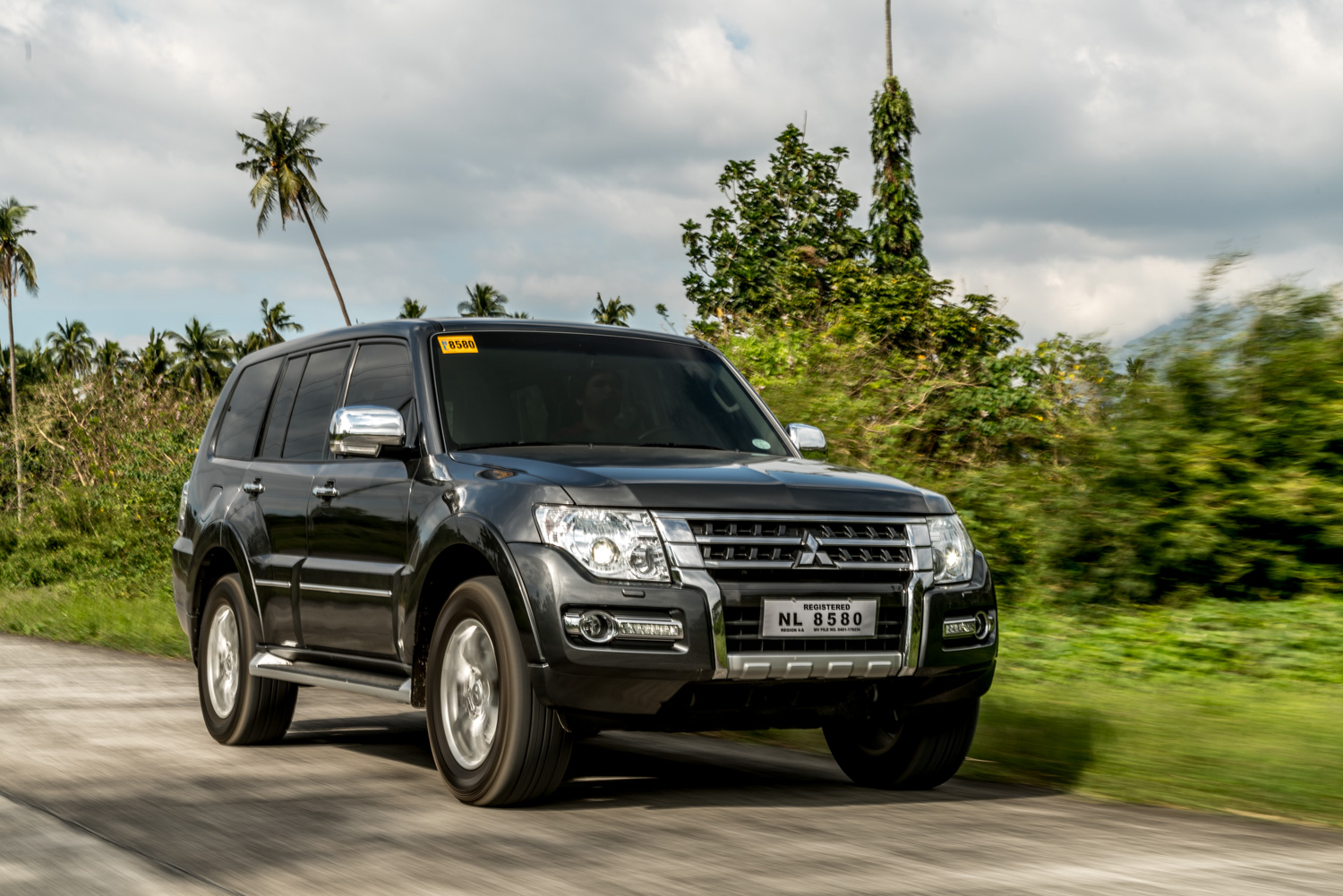
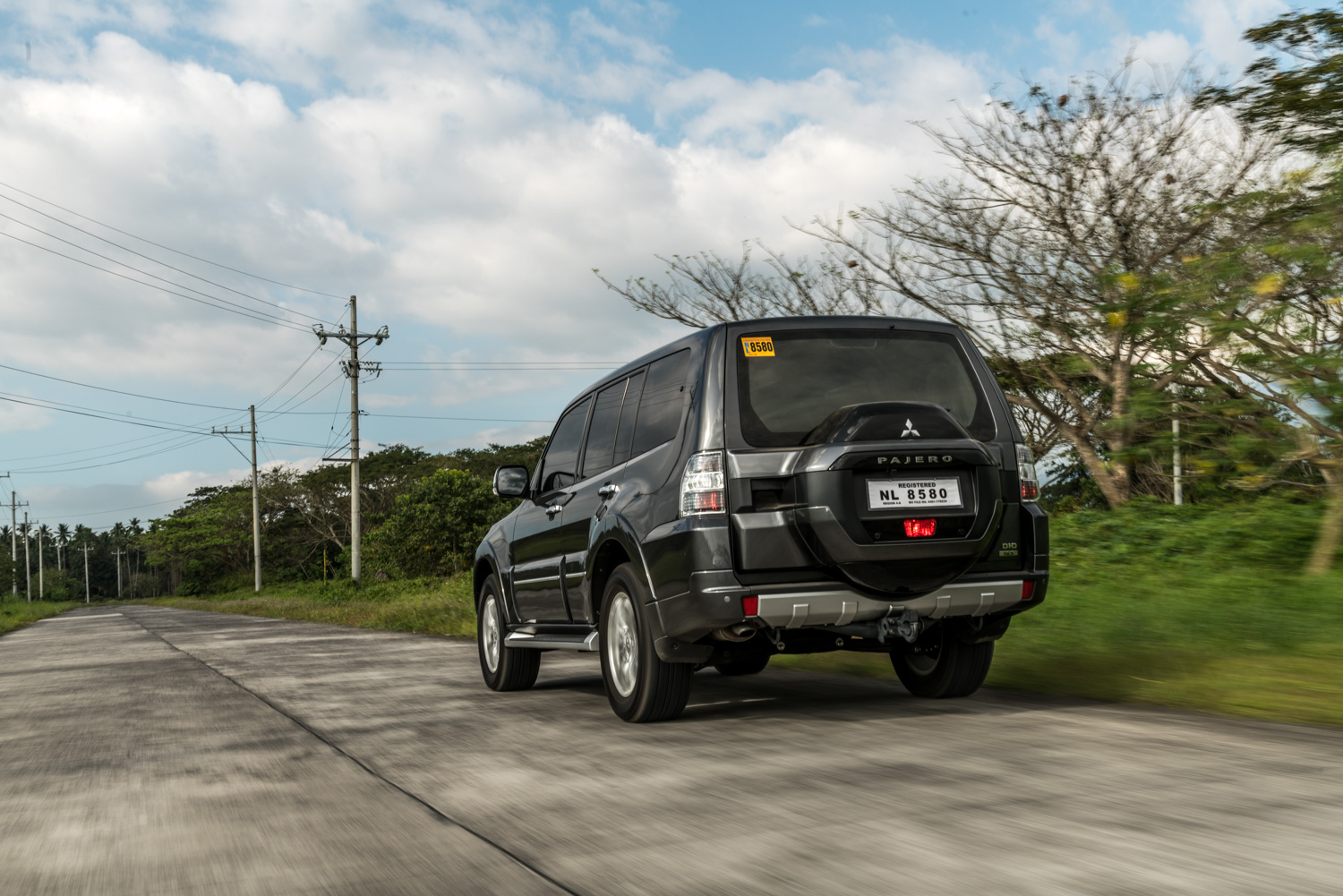
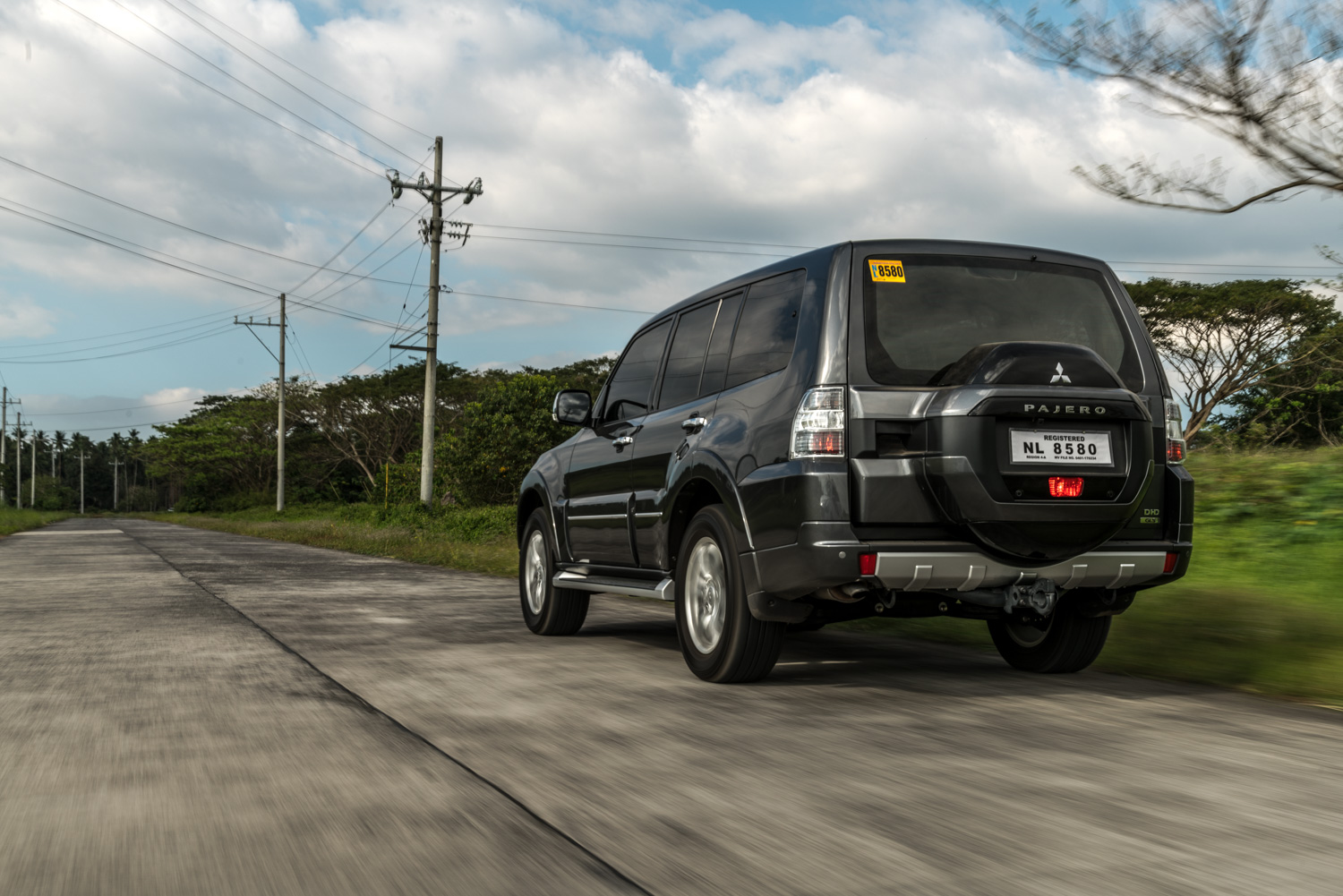
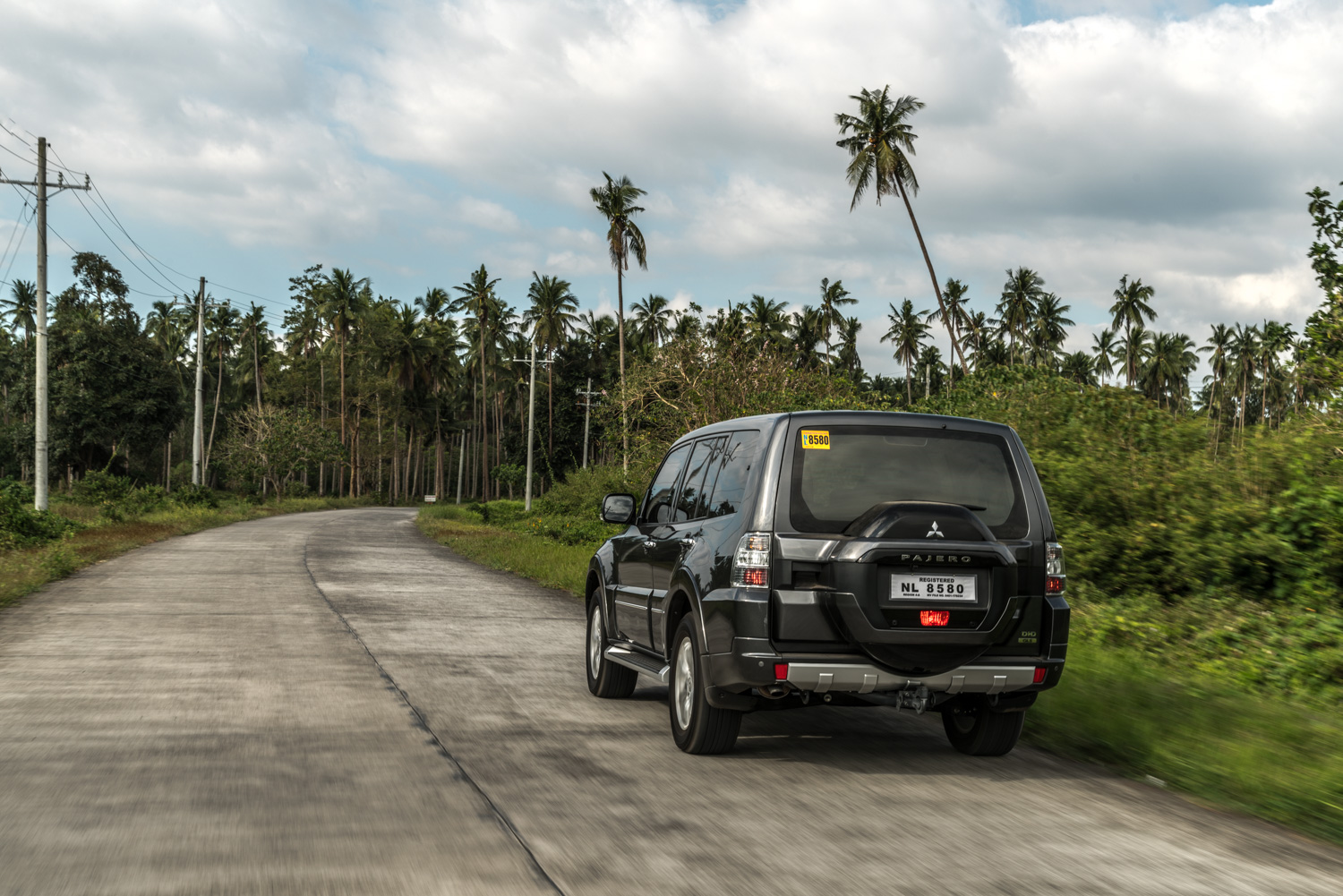
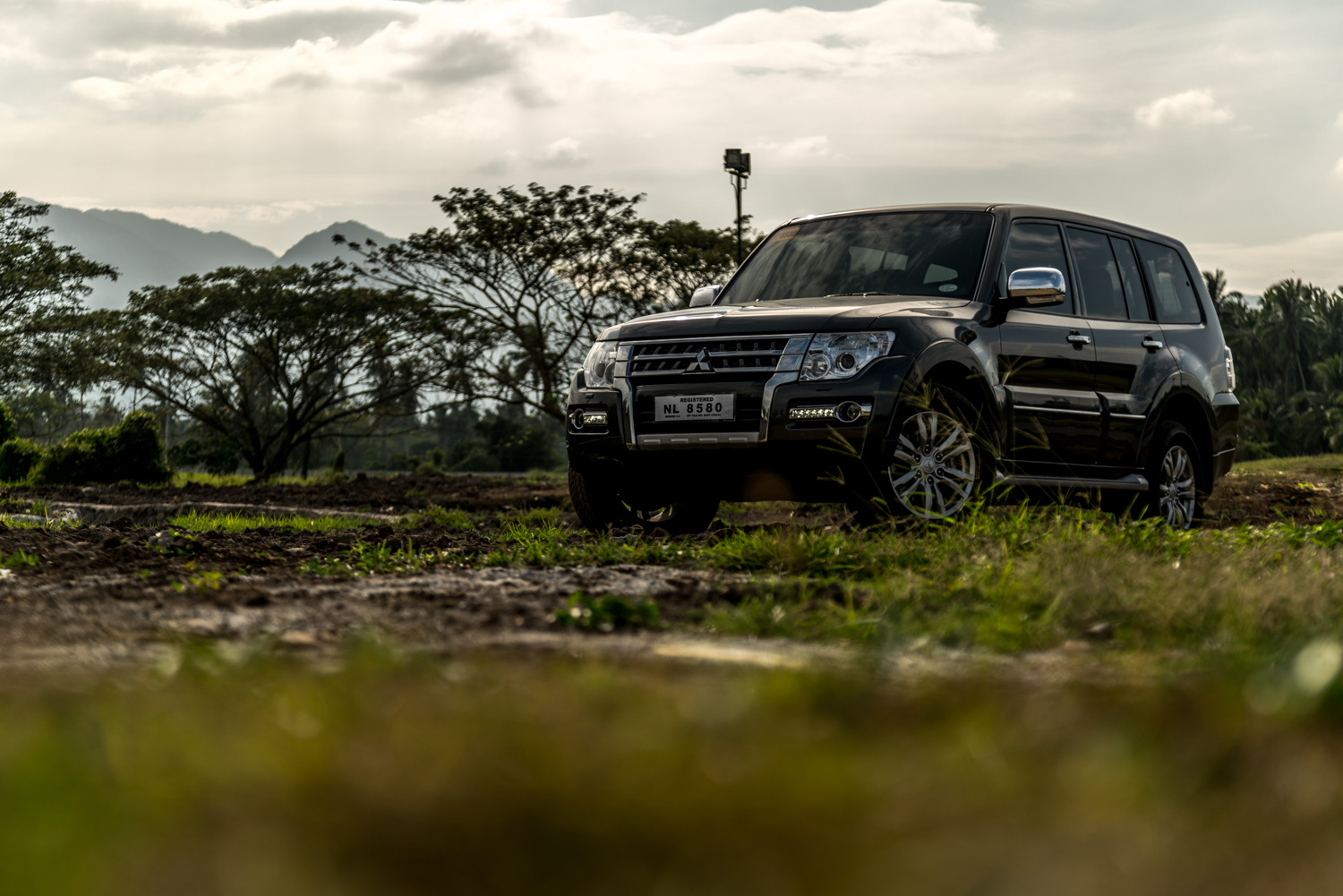
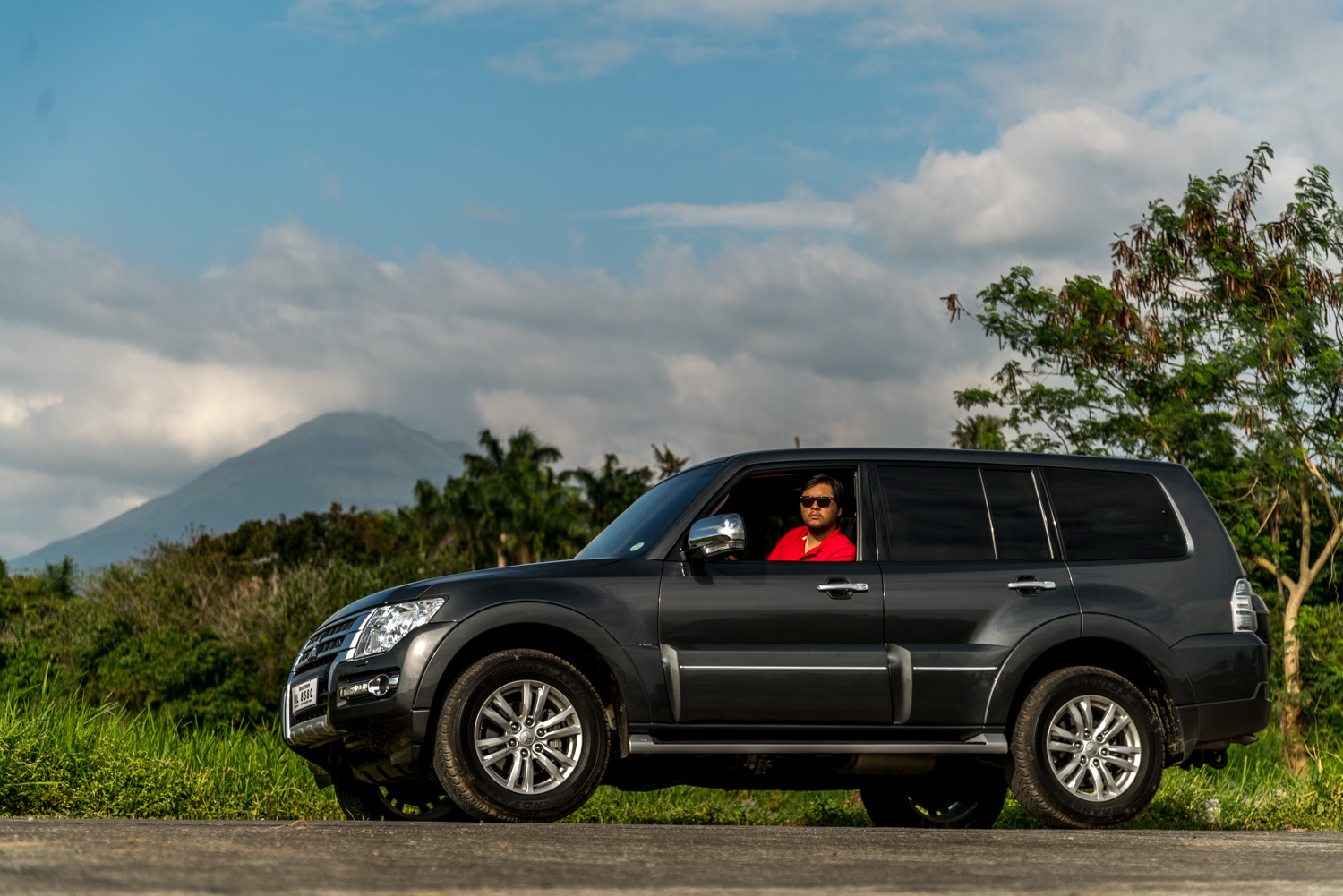

Ex-Automotive Executive
Instagram: @enzoteodoro






